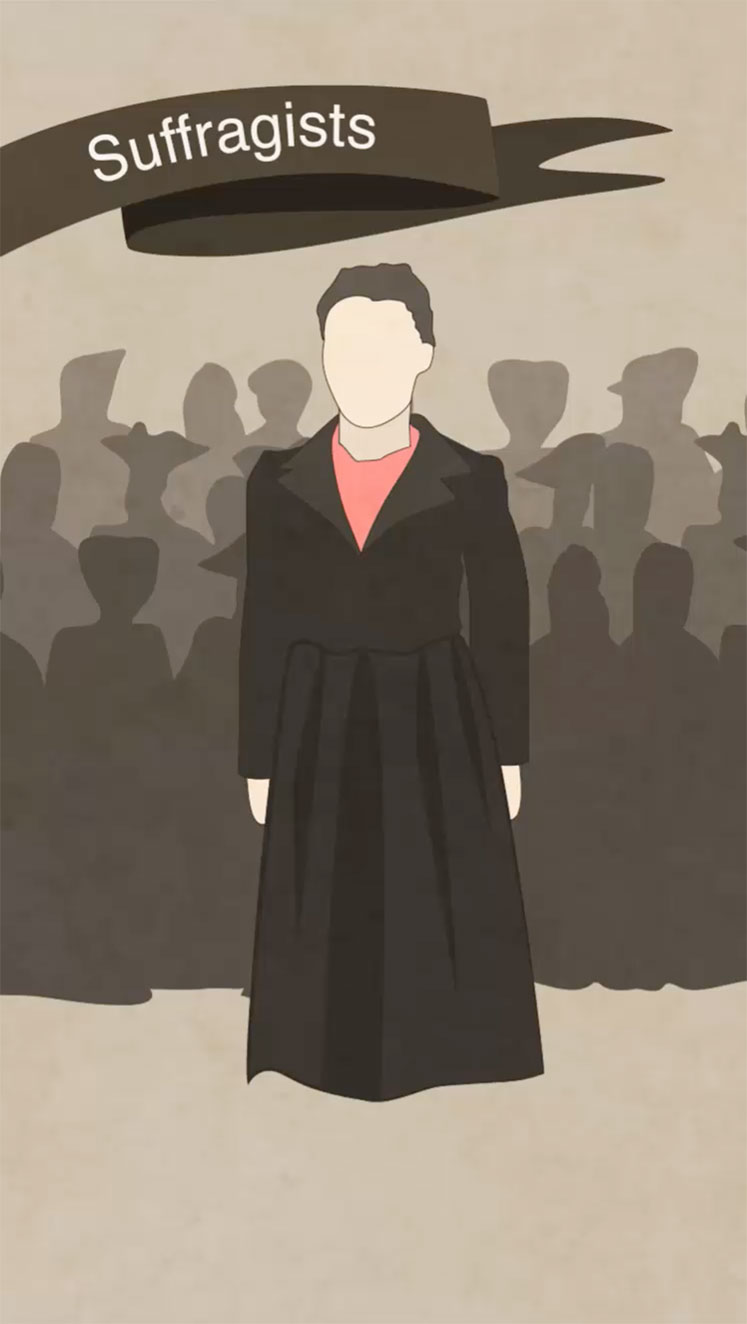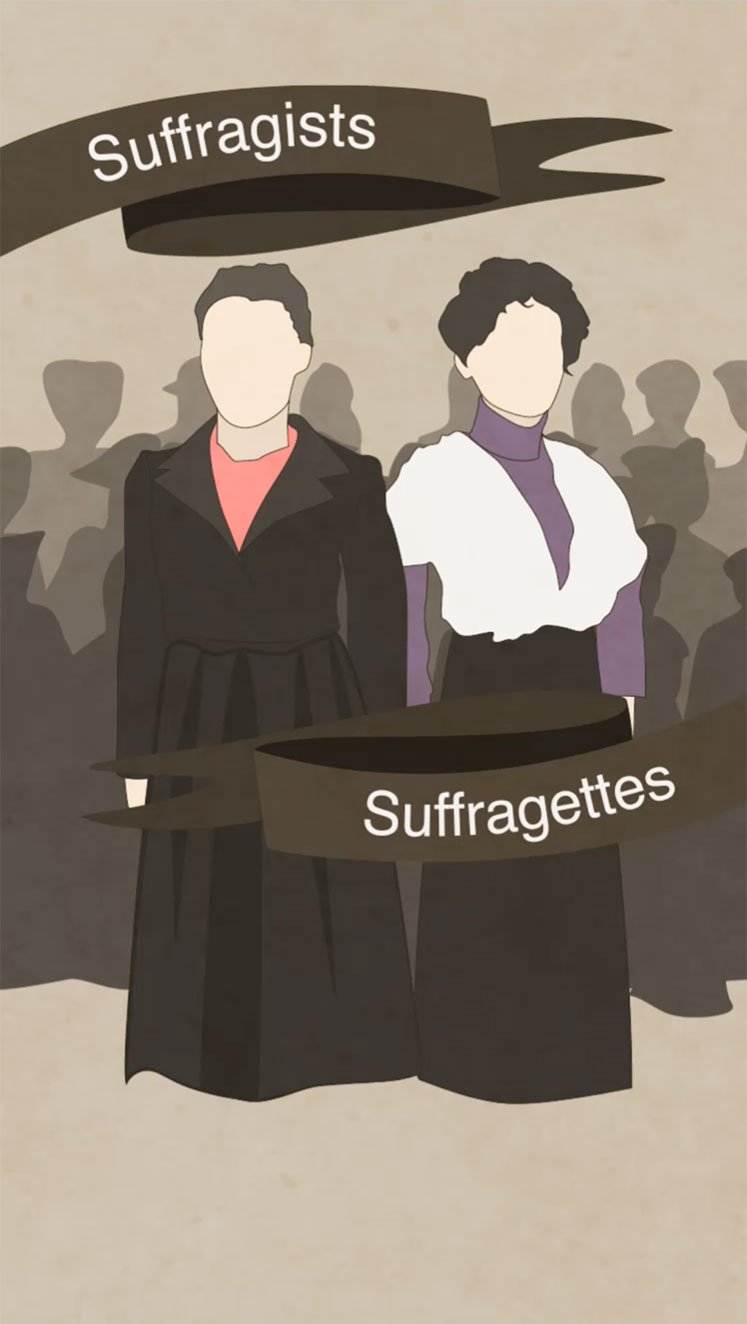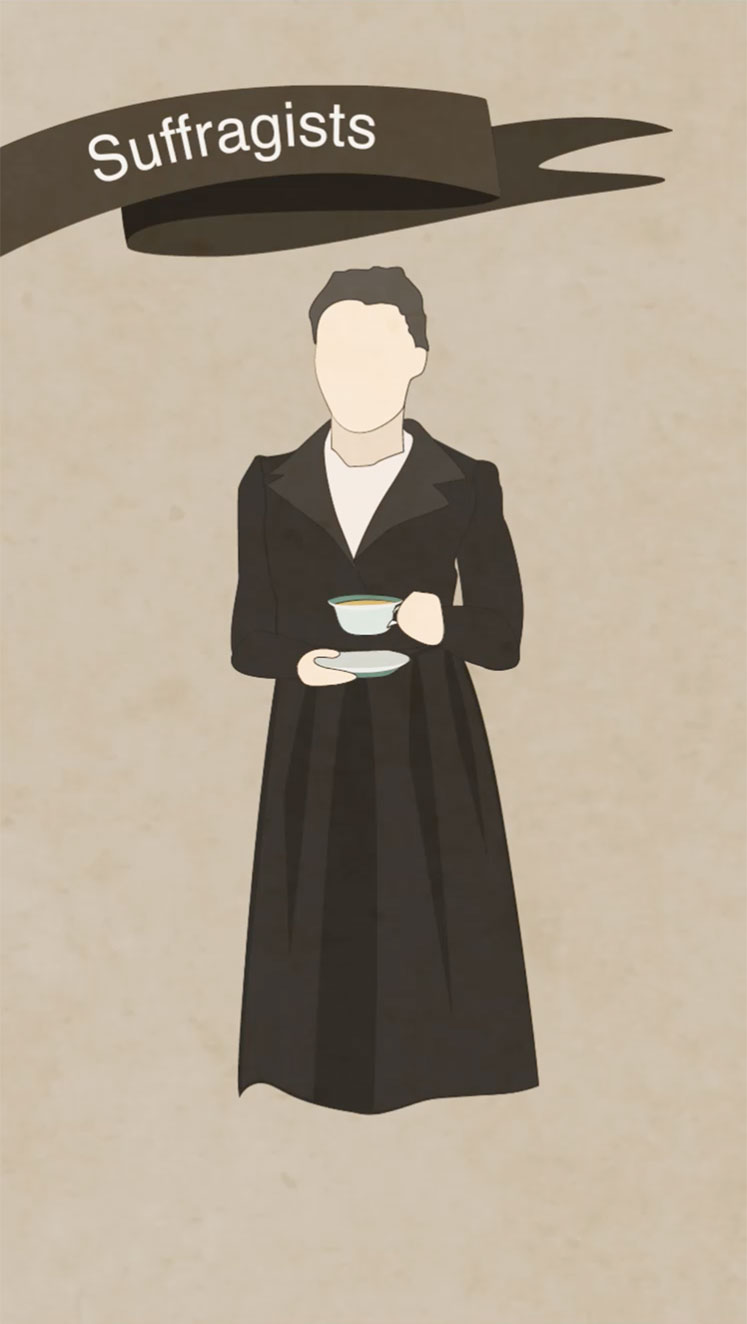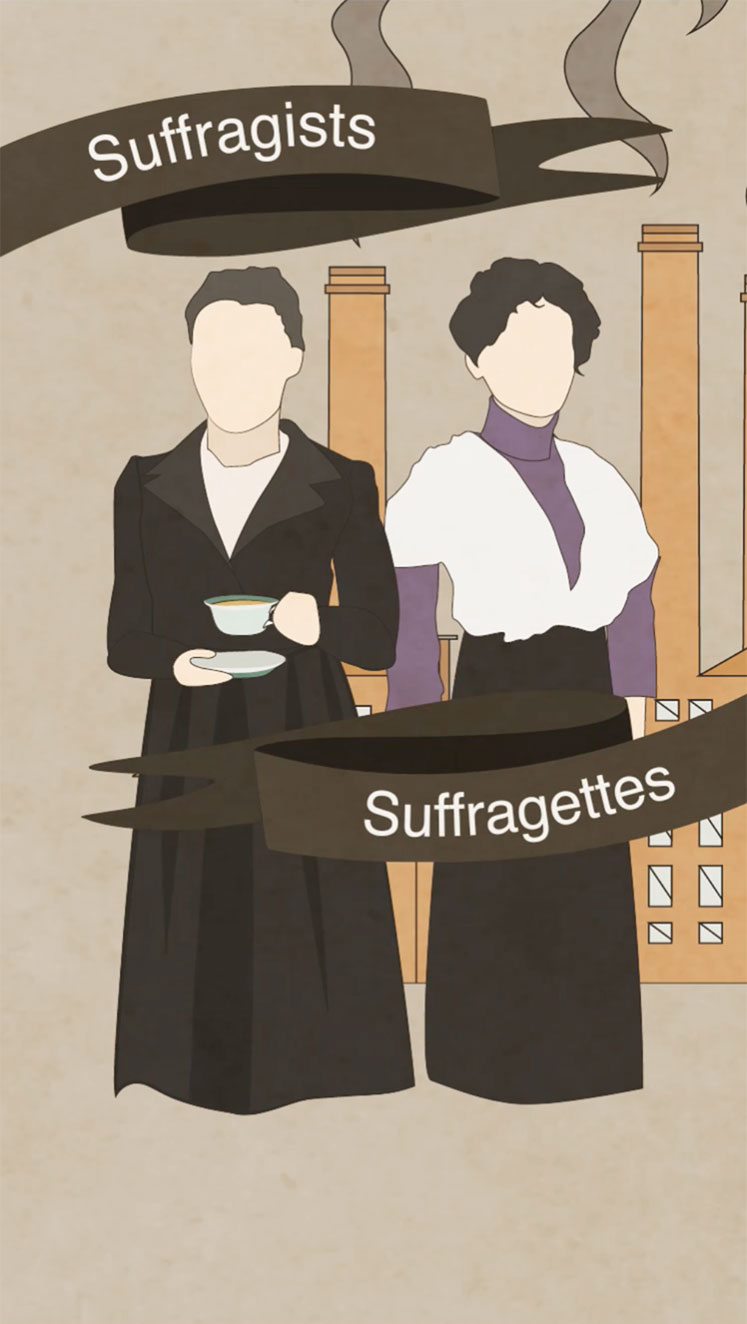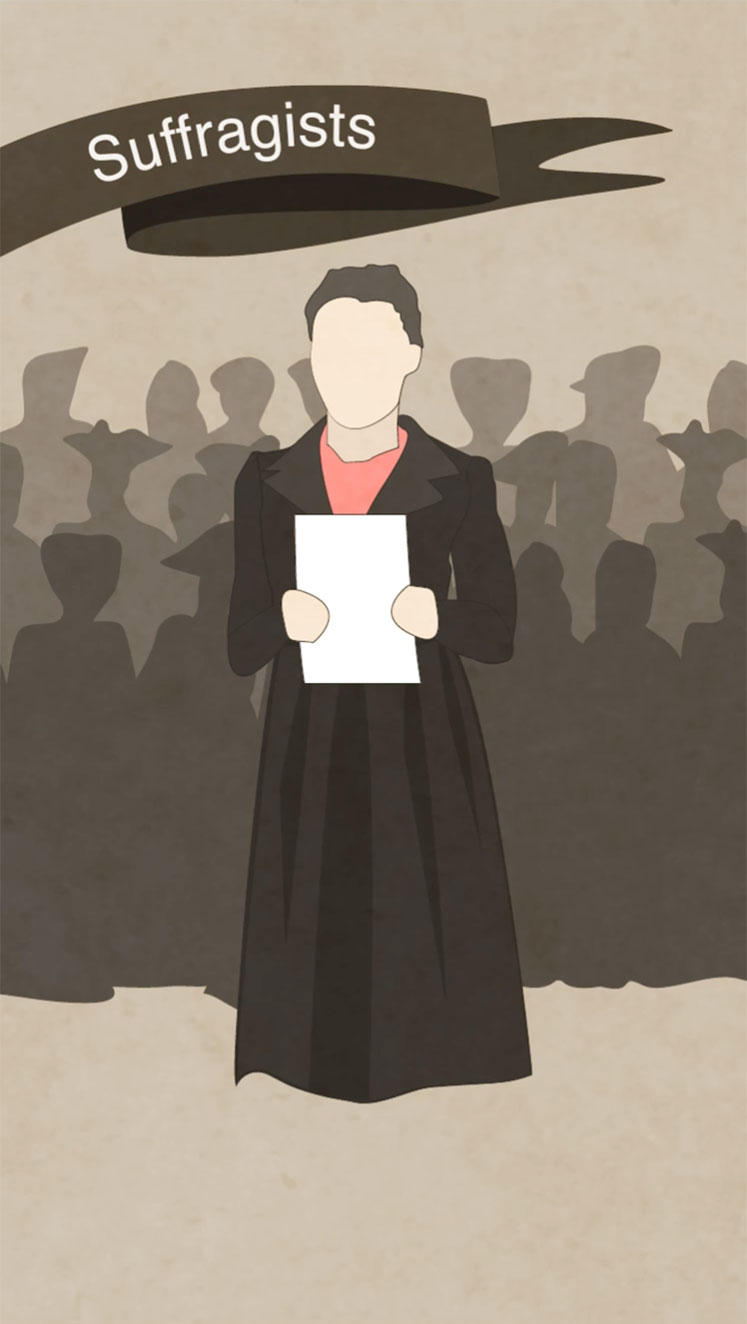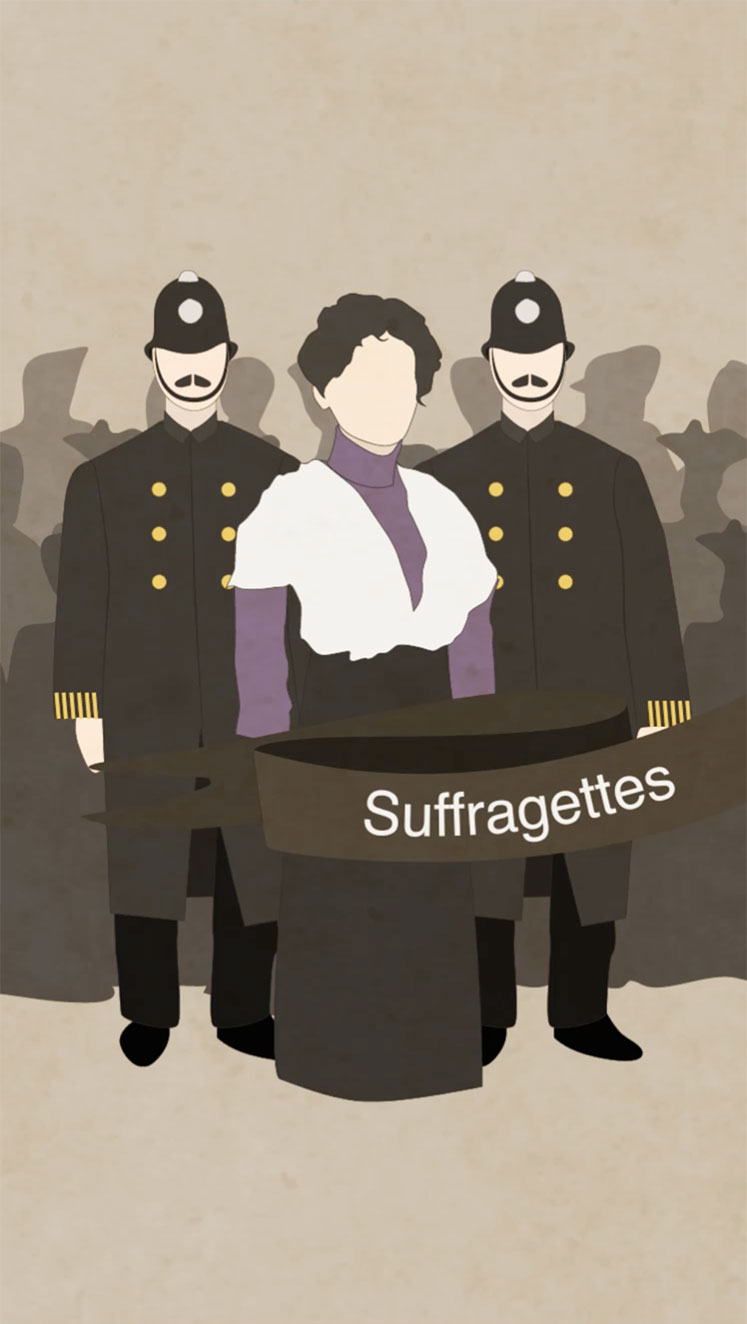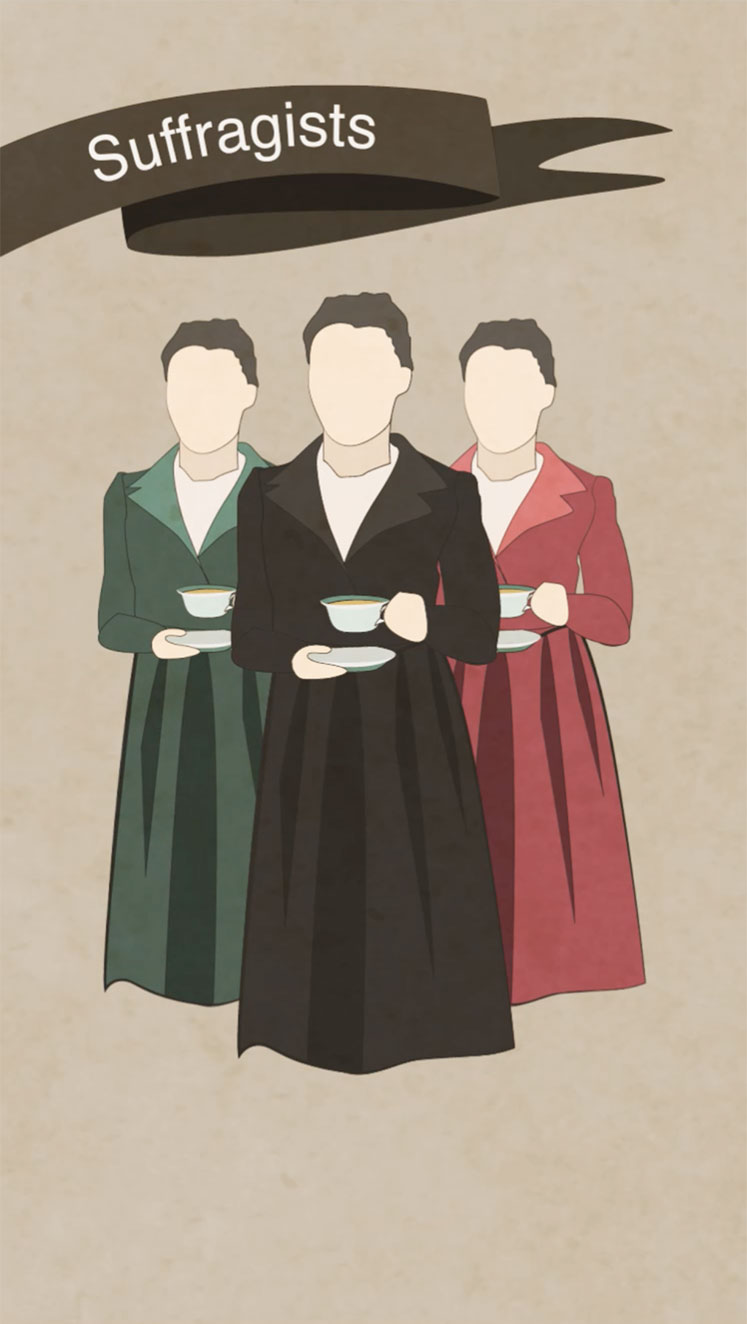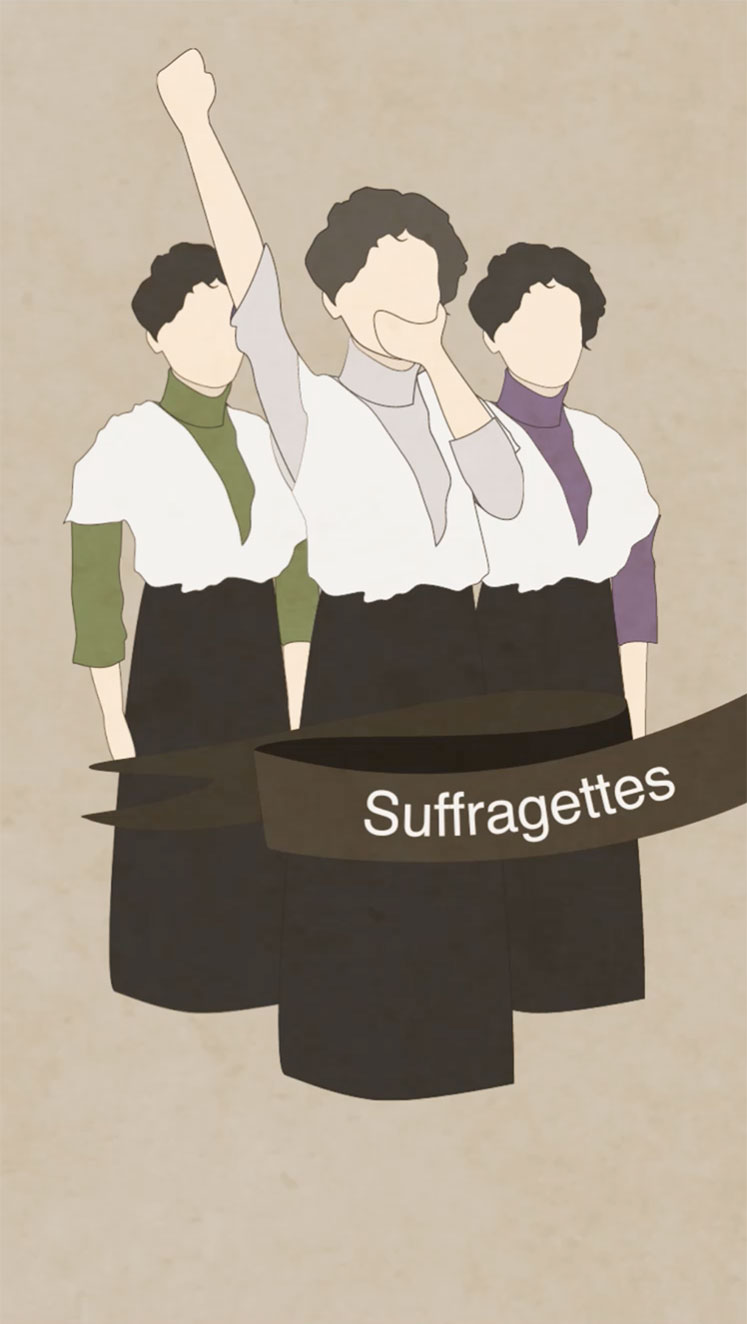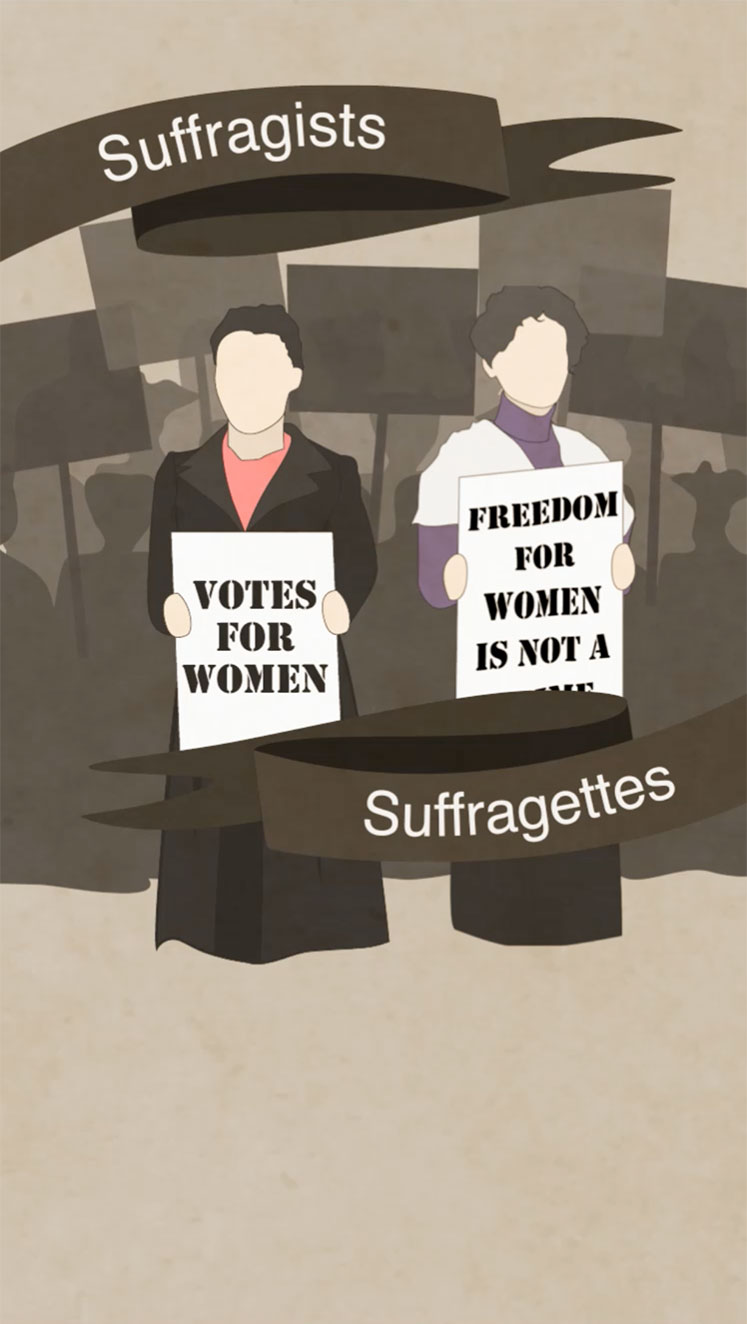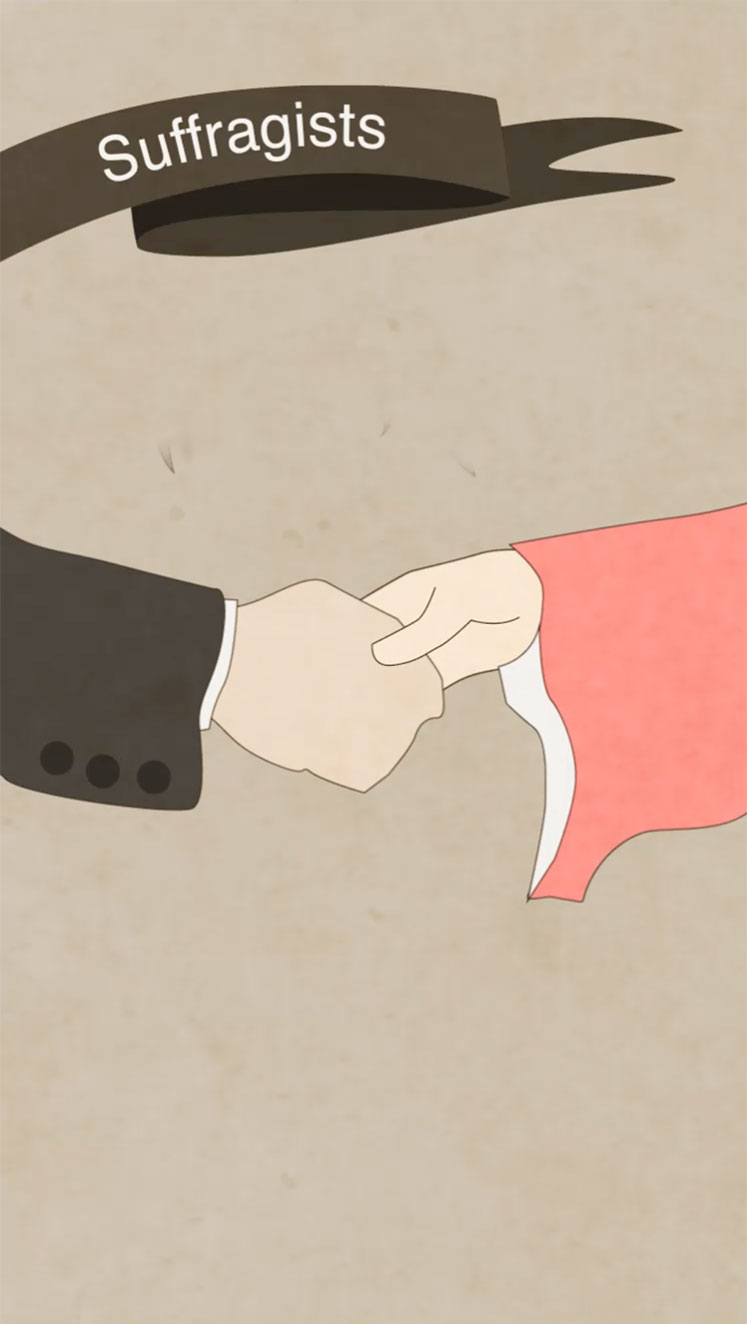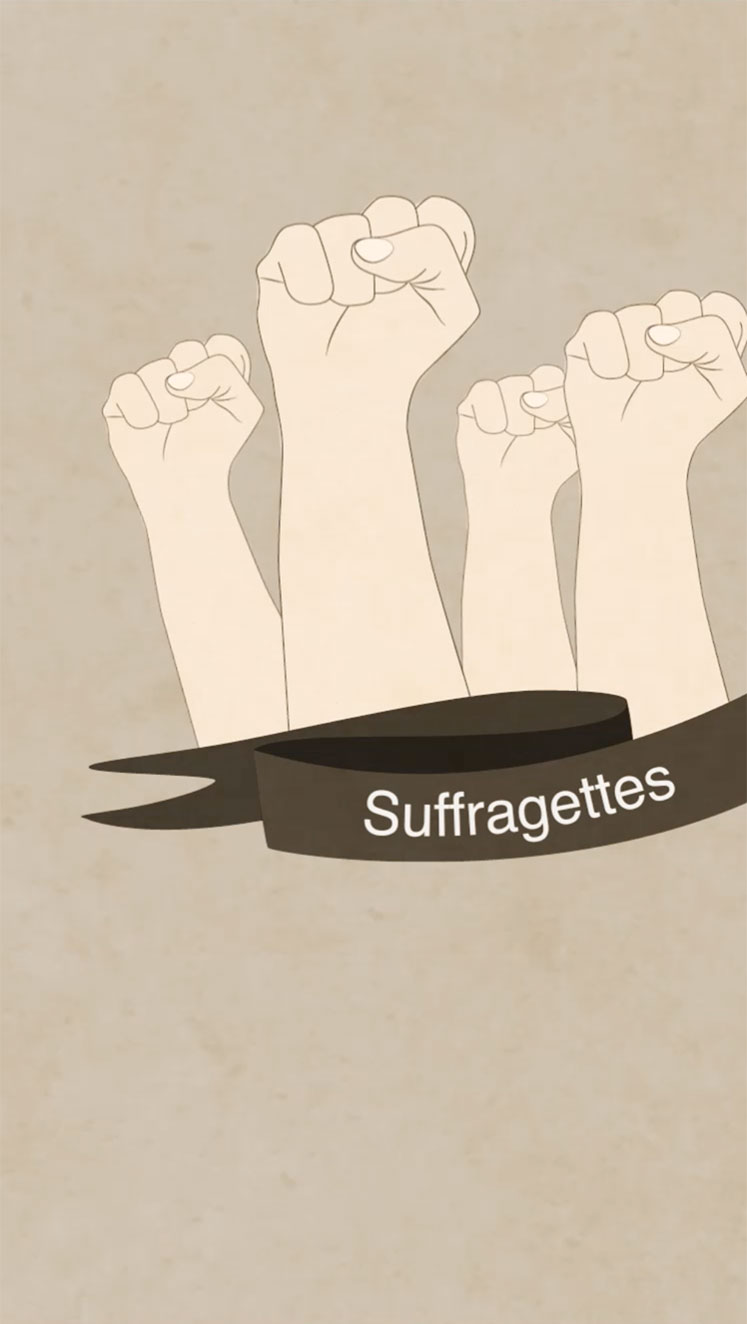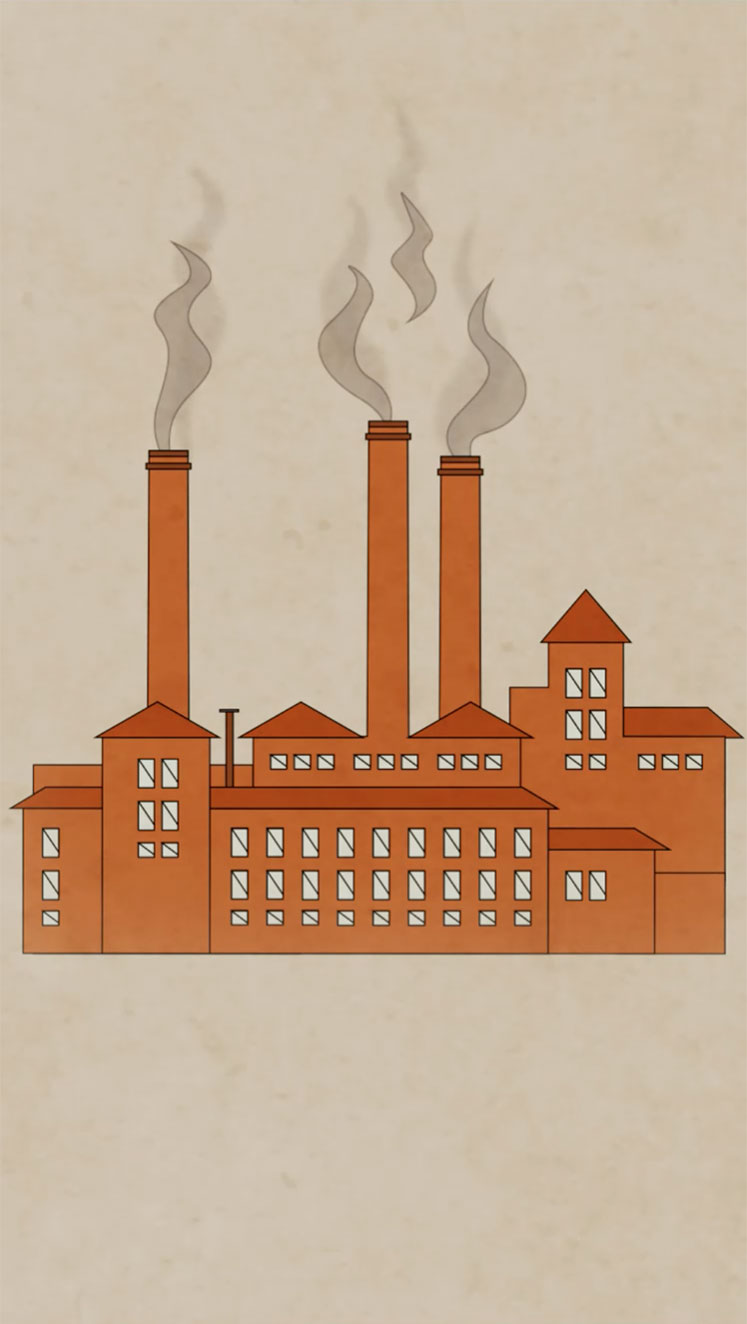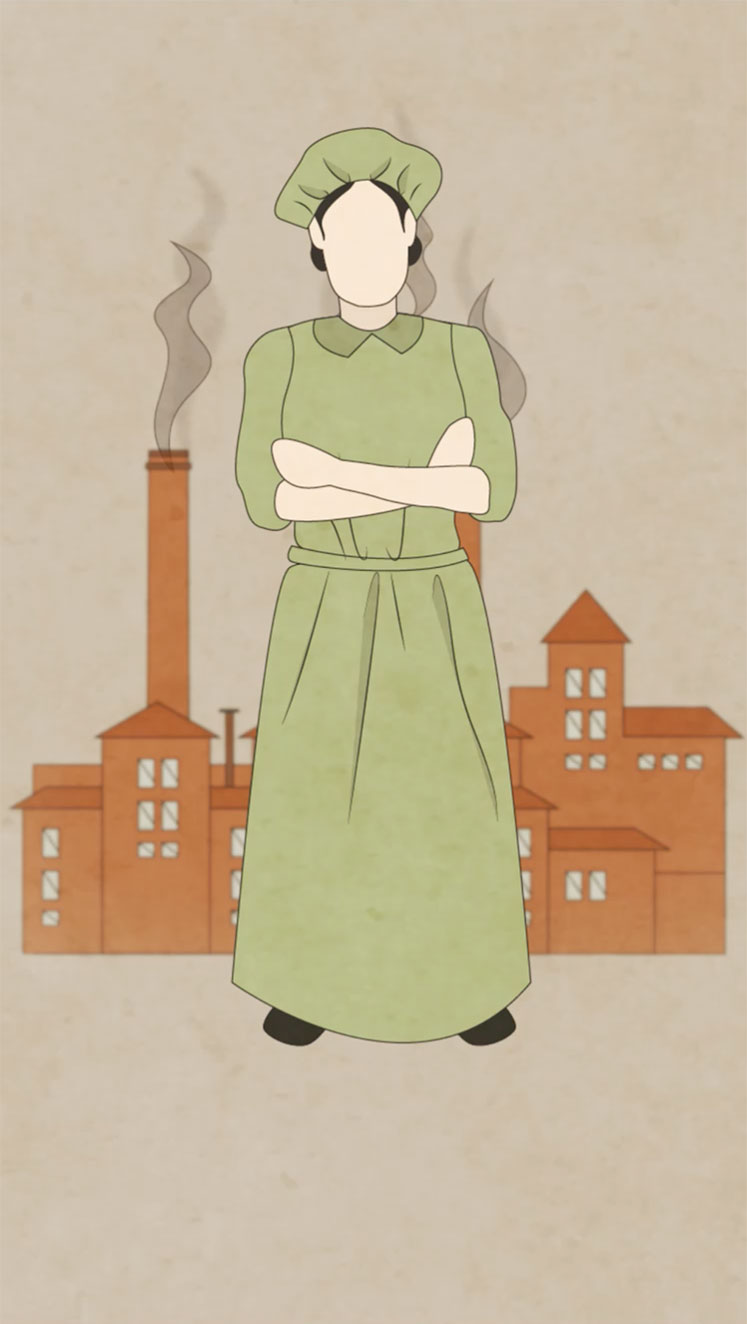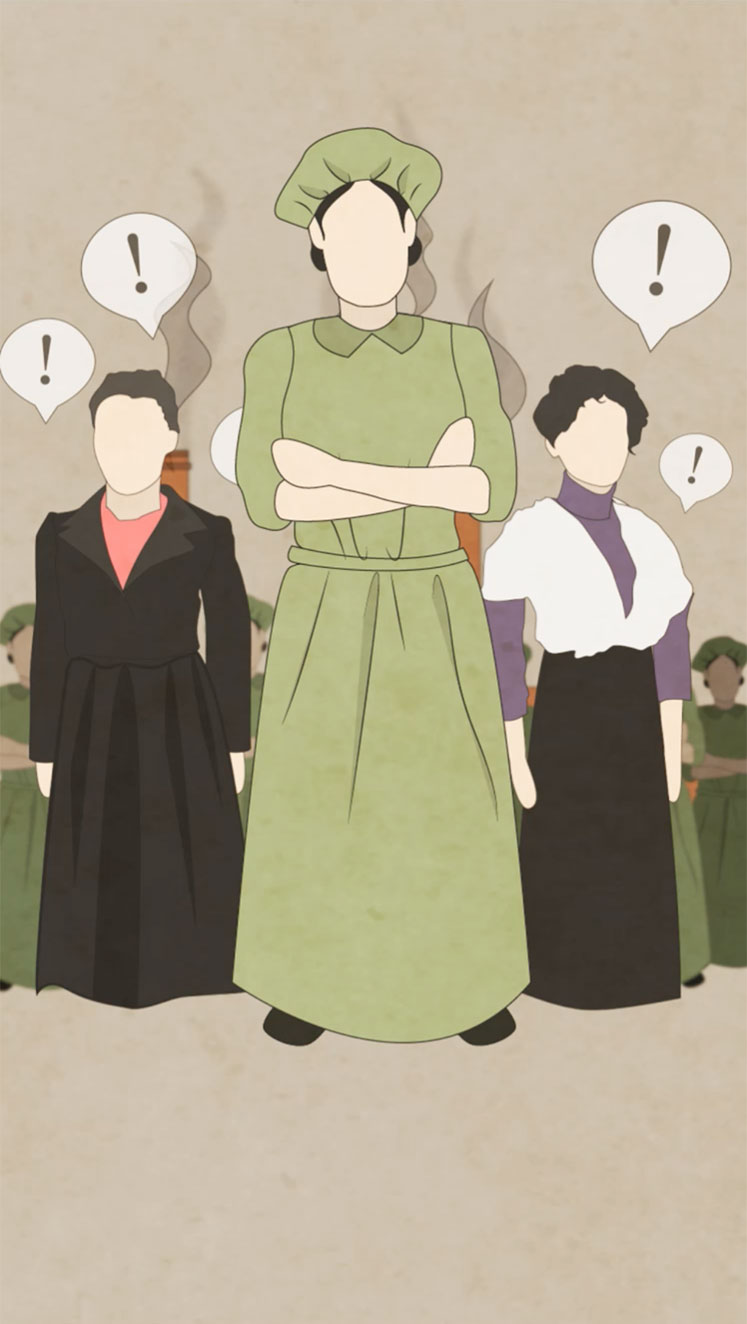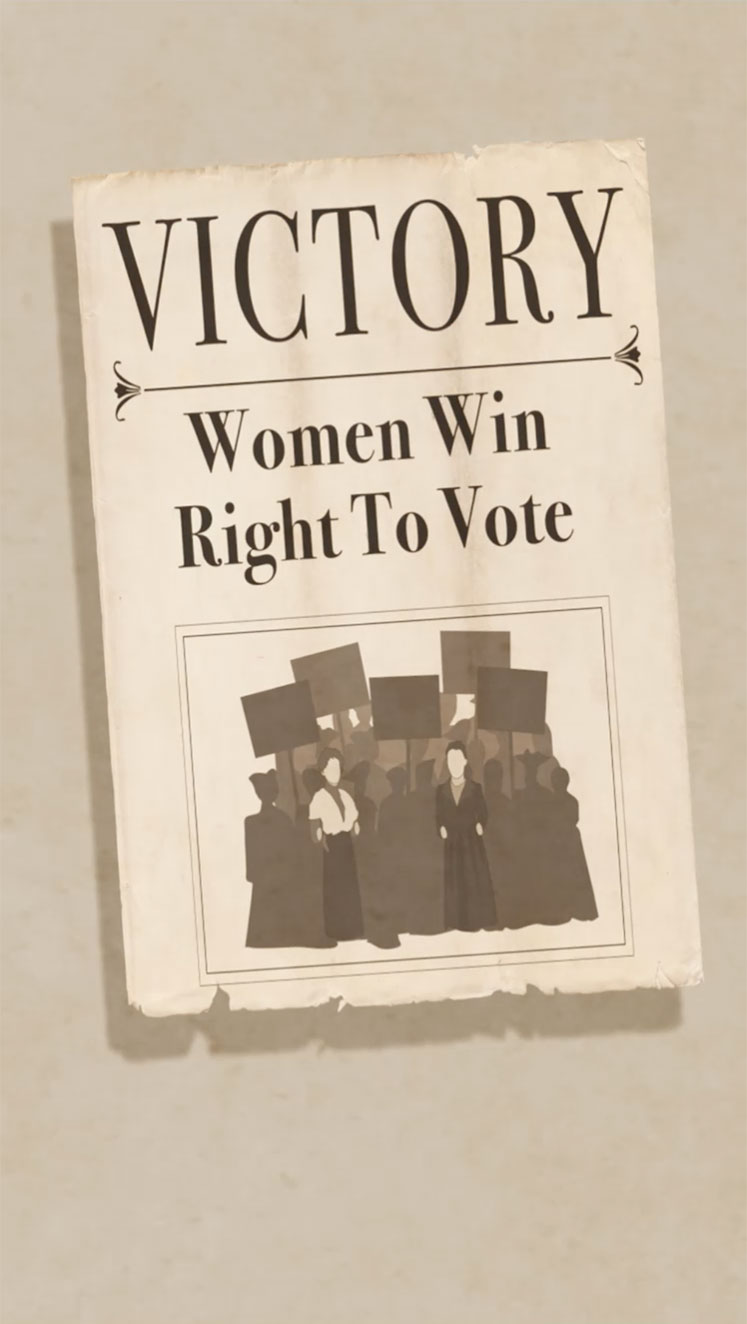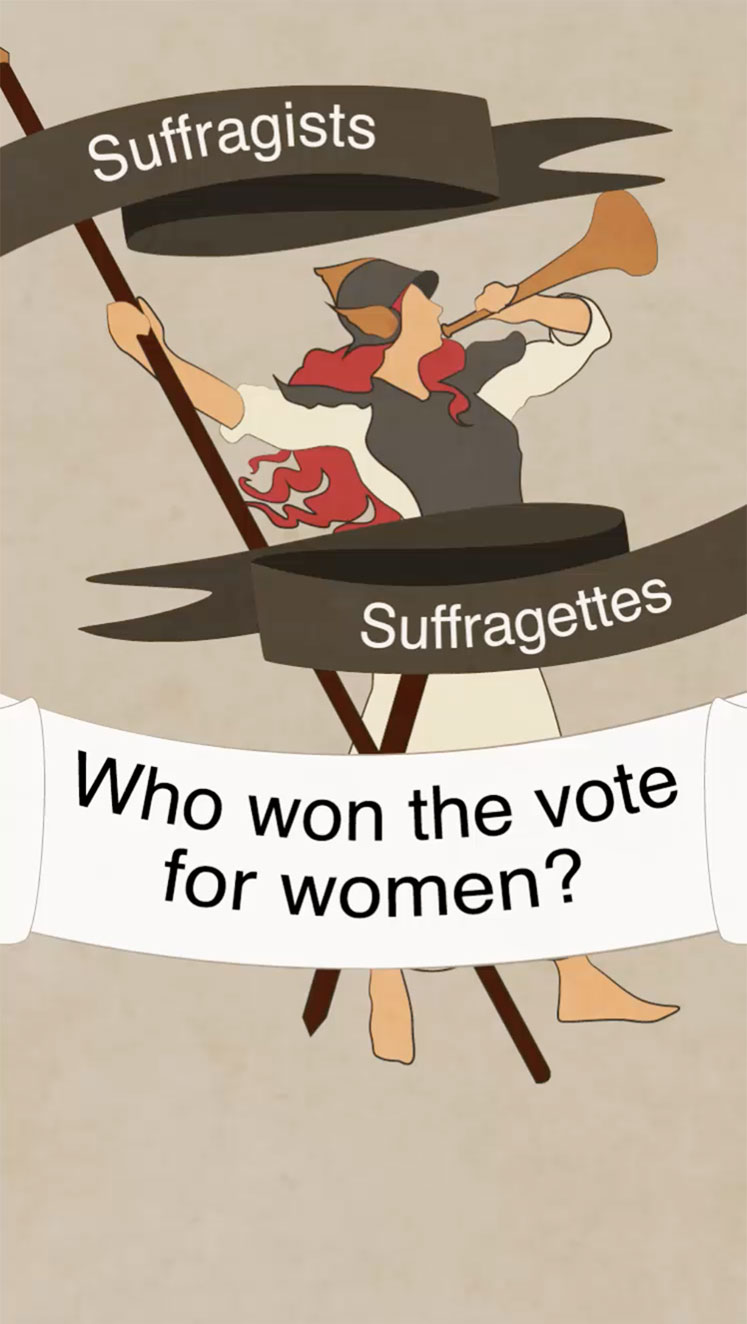100 Women: Suffragists or suffragettes - who won women the vote?
- Published

"Women's vote won" declared the Manchester Guardian following 6 February 1918.
The passing of the Representation of the People Act had extended voting rights to women over the age of 30 who owned property for the first time.
In this centenary year a group of women called the suffragettes will be much celebrated. Yet, the suffragists began campaigning years before them with a very different vision for how to secure the vote for women - so who did win it?
'I cannot say I became a suffragist. I always was one'
By the late 19th century parliamentary reforms had given more men the right to vote in Britain, while petitions to enfranchise women were mocked and rejected.
Growing anger turned into action, and in 1897 local campaigners came together to form the National Union of Women's Suffrage Societies (NUWSS).
Known as the suffragists, they were made up of mostly middle-class women and became the biggest suffrage organisation with more than 50,000 members.

Suffragist Millicent Fawcett will be the first woman to have a statue in Parliament Square.
Their president, Millicent Garrett Fawcett, passionately believed that non-violent campaigning would lead to constitutional change. She wanted to prove, through petitions and the lobbying of MPs, that women were respectable and responsible enough to participate in politics.
The broad focus of the suffragists is reflected in the colours adopted by the group; Green, White and Red, stood for Give Women Rights. Meanwhile the sashes often seen on suffragettes (and in the Disney film Mary Poppins) used Green, White and Violet, demanding Give Women Votes.
'I am what you call a hooligan'
After six years with little progress, a number of women across the country became frustrated with Fawcett's moderate campaigning style.
Emmeline Pankhurst, who had been a member of the Manchester suffragist group, believed it was time for direct action by working-class women who would use any means necessary to secure the vote. "Deeds not words" - the motto of the Women's Social and Political Union (WSPU) she created in 1903 - summed up their tactic of demanding, not asking, for their rights.
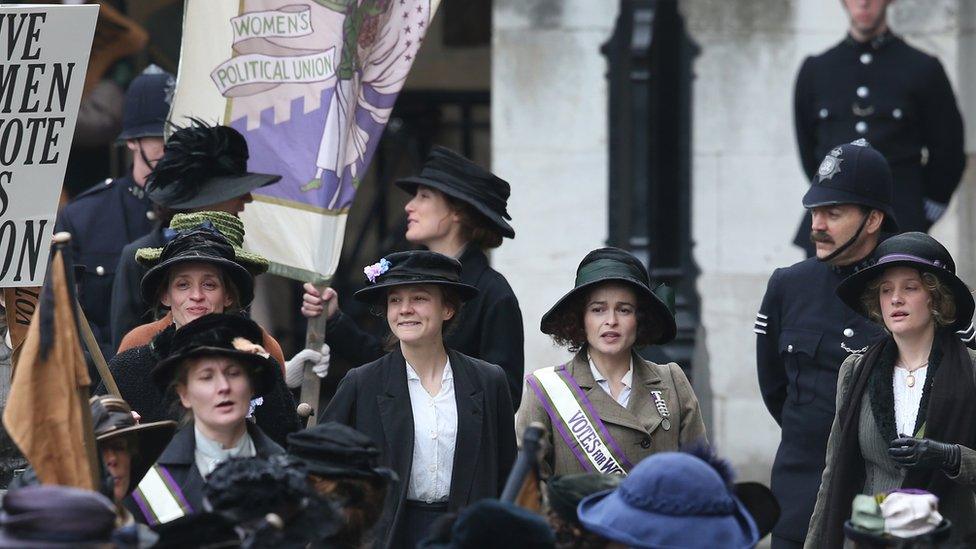
The label of suffragette was actually first used in an article by Daily Mail journalist Charles E Hands.
The intention of the "ette" suffix was "to belittle and to show that they were less than the proper kind of suffrage worker", says Elizabeth Crawford, a researcher and author on the women's suffrage movement.
"But they took up the name and were very proud of it."
The early action of these suffragettes was just to heckle politicians, and that "was considered really untoward" says Ms Crawford.
A turning point came in 1905.
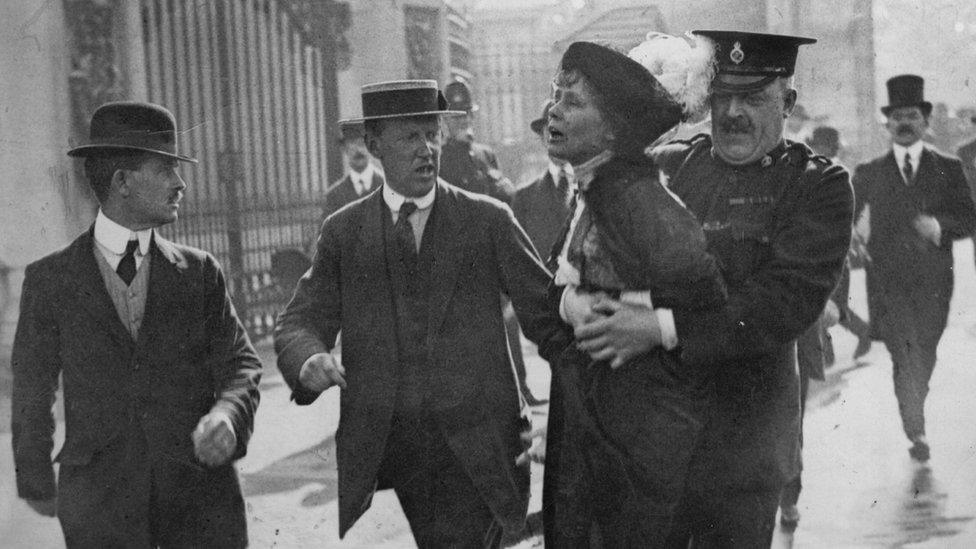
Suffragette leader Emmeline Pankhurst was arrested numerous times.
Pankhurst's daughter, Christabel, and fellow suffragette Annie Kenney, were charged with obstruction after they interrupted a Liberal Party meeting to ask if they would give votes to women.
The women chose prison over paying a fine, and the considerable attention this attracted to the suffragette cause became their inspiration.
"The idea of militancy then was ratcheted up over the years," Ms Crawford says. "This was never overtly condoned by the leadership, but on the other hand they didn't condemn them. They just more or less said 'do what's necessary'."
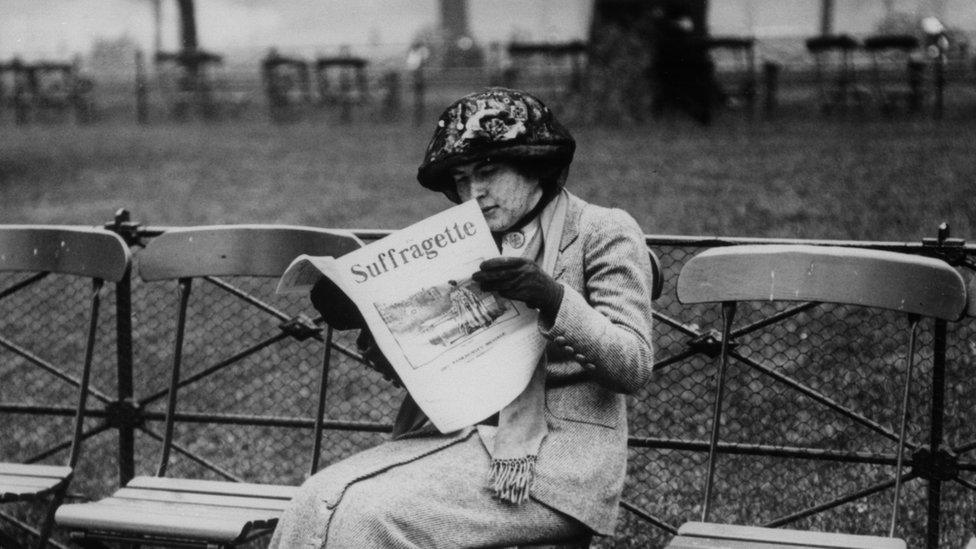
The militants embraced the label and named their magazine Suffragette.
As street demonstrations became increasingly angry and windows were smashed in Whitehall, arrests became common amongst the suffragettes.
This led to a new tactic - hunger strikes - and the brutal force-feeding they were subjected to attracted sympathy to their cause.
From 1912 the militant tactics became more violent; Mary Richardson took a meat cleaver to a painting at London's National Gallery while Sikh Princess Sophia Duleep Singh threw herself in front of the prime minister's car.

Suffragettes often chained themselves to railings
Arson attacks became commonplace - including on churches and libraries. They even bombed the house of then Chancellor of the Exchequer Lloyd George - though no one was hurt.
Were extreme suffragettes regarded as terrorists?
Historian Katherine Connelly explains that at this period, the militant suffrage movement became more elitist, largely organising middle class and upper class women.
"That elitism was also coupled with a neglect for winning over public opinion," she says.
Suffragists v Suffragettes
Fawcett was sympathetic to the aims of the suffragettes, but as public outrage grew Ms Crawford explains that this was damaging her cause.
"People didn't distinguish between the two factions of the movement and were put off the whole idea."
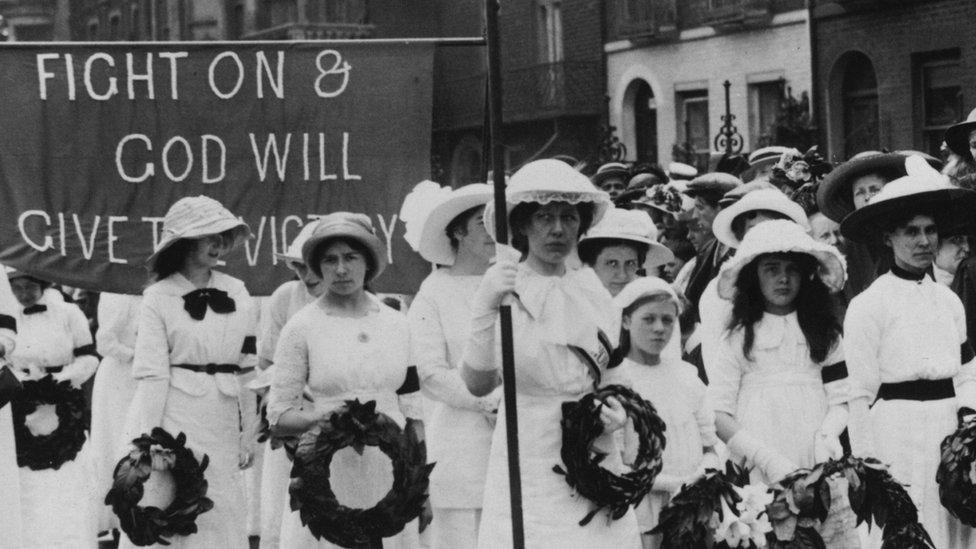
The funeral procession for Emily Wilding Davison
In 1913 suffragists organised a march of 50,000 law-abiding members to London to show suffragettes did not represent them.
Yet in the same year Fawcett demonstrated loyalty to the suffragettes who risked their life for the cause. After Emily Wilding Davison threw herself under the King's horse at the Epsom Derby, she declared "courage calls to courage everywhere, and its voice cannot be denied".
Who won women the vote?
"It's not possible to imagine women winning the vote without the suffragettes," says Ms Connelly,
"The militant organising, particularly of working class women, pointed to the possibility of a movement that would grow and could potentially become an enormous mass movement."
Both sides of the movement halted their campaigns in 1914, in order to support the war efforts.
World War One and women undertaking jobs usually done by men was the catalyst for extending votes to women.
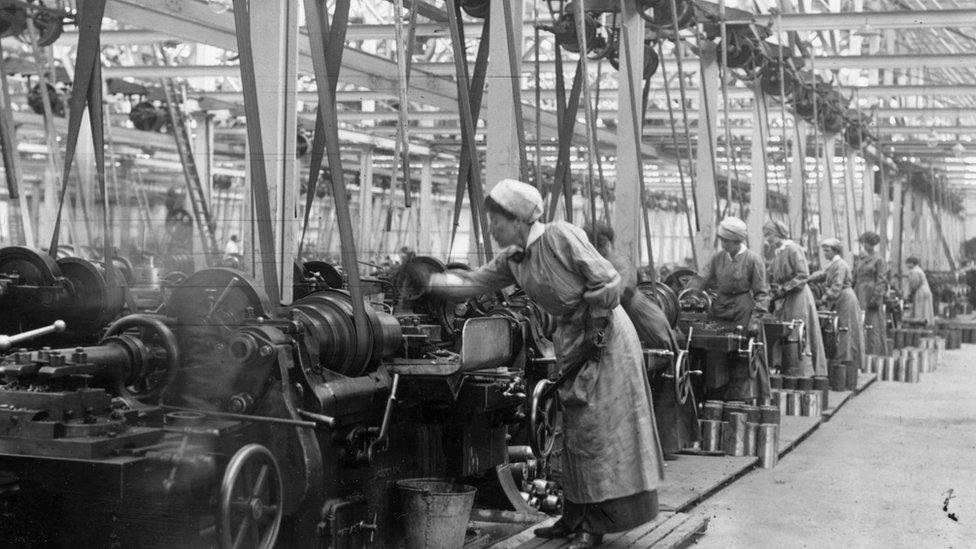
Women took up jobs in munitions factories
"It was the suffragists who said that if you give the vote to more classes of men then you must include women," says Ms Crawford.
"The whole idea of what women could be, had changed by then - with all the work they'd been doing in World War One - that the government felt able to make this concession."
Ms Connelly agrees that the suffragettes were inspired by the suffragists, but that ultimately both movements played their part in winning the vote by organising women on mass in so many different ways.


What is 100 women?
BBC 100 Women names 100 influential and inspirational women around the world every year and shares their stories. Find us on Facebook, external, Instagram, external and Twitter, external and use #100Women
Other stories you might like:
The female protesters against giving women the vote
